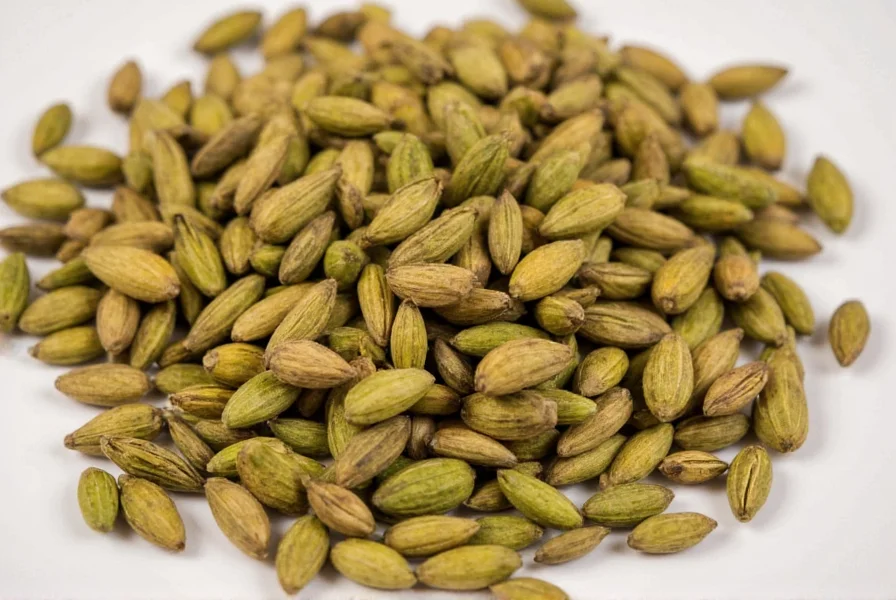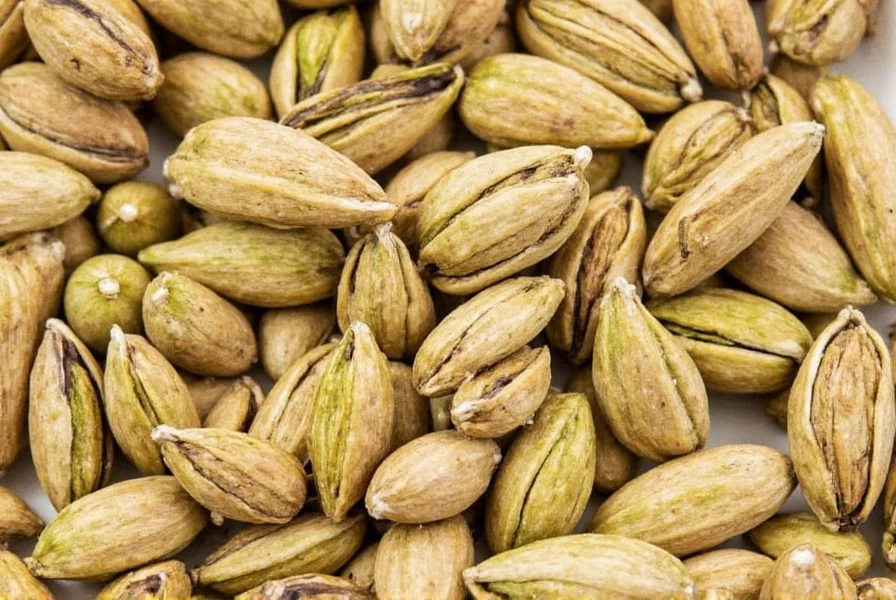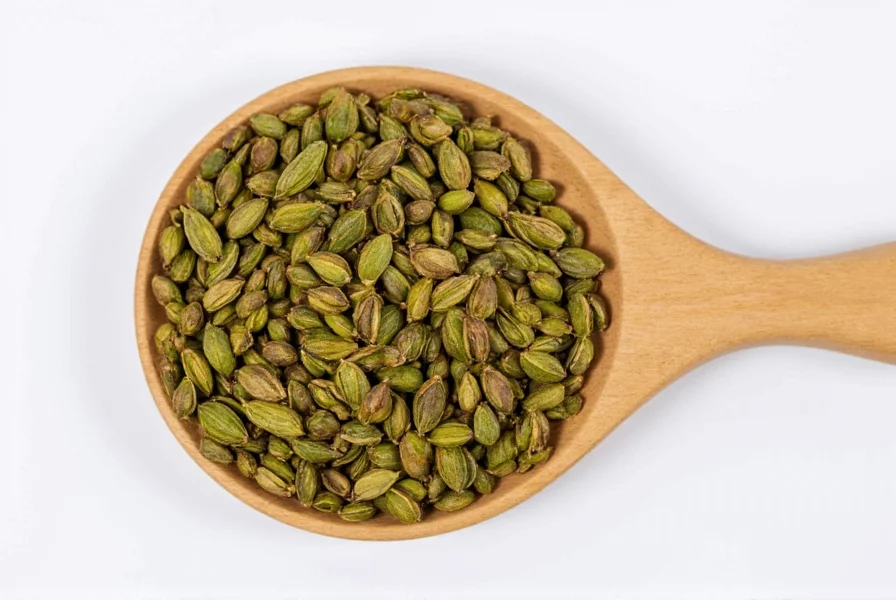"Cardomon" is a common misspelling of "cardamom". If you're searching for "cardomon", you're likely looking for information about cardamom—the correct spelling is "cardamom", the aromatic spice known as the "Queen of Spices". In this guide, we'll explain everything you need to know about cardamom seeds, from their origin and uses to buying tips and recipes.
Whether you're a home cook experimenting with global flavors or a chef weaving exotic notes into your dishes, cardamom seeds are an essential ingredient in your spice arsenal. Let's dive in and unlock the magic inside those tiny green pods!
Table of Contents
- What is Cardomon? (It's Actually Cardamom)
- Flavor Profile & Culinary Uses
- Health Benefits of Cardamom Seeds
- Buying Guide: How to Choose the Best Cardamom Seeds
- Storage Tips for Maximum Freshness
- Top 5 Recipes That Use Cardamom Seeds
- Frequently Asked Questions
- Growing Your Own Cardamom: Is It Possible?
- Conclusion

What is Cardomon? (It's Actually Cardamom)
"Cardomon" is a frequent misspelling of "cardamom." This confusion arises because "cardamom" is pronounced "car-da-mom" in English, leading some to spell it as "cardomon." The correct spelling is "cardamom," derived from the Latin "cardamomum," which traces back to Greek and Sanskrit origins. Cardamom is a highly valued spice known as the "Queen of Spices" due to its complex aroma and versatility in global cuisines.
Flavor Profile & Culinary Uses
If there's one word to describe cardamom, it's "complex." Think of a mix between citrus zest, minty freshness, and a hint of pepper—all wrapped up in a warm, earthy embrace.
- Sweet Dishes: Cardamom is the star ingredient in desserts like Swedish kardemummabullar (cinnamon buns with cardamom), Indian kheer (rice pudding), and Middle Eastern coffee blends.
- Drinks: Whether it's traditional Indian masala chai or Turkish coffee, cardamom adds a rich, fragrant layer.
- Savory Dishes: In Middle Eastern and South Asian cuisines, it often finds its way into biryanis, stews, and slow-cooked meats.
| Variety | Color | Aroma | Common Use |
|---|---|---|---|
| Green Cardamom | Light green | Fragrant, floral, citrusy | Desserts, chai, savory dishes |
| Black Cardamom | Brown-black | Smoky, camphor-like | Curries, meat dishes |
Health Benefits of Cardamom Seeds
Beyond flavor, cardamom has been celebrated for centuries in Ayurvedic and traditional medicine. Here's what modern science supports:
- Antioxidant Properties: Cardamom contains powerful antioxidants that fight oxidative stress and may help reduce inflammation.
- Oral Health: Known for its antibacterial properties, cardamom can help freshen breath and even prevent tooth decay.
- Heart Health: Some studies suggest that regular consumption may lower blood pressure and improve overall cardiovascular function.
- Detoxification: It aids digestion and liver function by stimulating bile production and helping flush out toxins.
Buying Guide: How to Choose the Best Cardamom Seeds
Not all cardamom seeds are created equal. Here's how to spot the good stuff:
Whole vs. Ground Cardamom
| Type | Pros | Cons | Best For |
|---|---|---|---|
| Whole Pods | Longer shelf life, fresher aroma | Need grinding before use | Cooking, infusions |
| Ground Powder | Convenient, ready to use | Loses flavor faster | Baking, desserts |
Where to Buy
- Specialty Stores: Ethnic grocery stores and spice shops often carry high-quality cardamom.
- Online Retailers: Look for organic, fair-trade options. Brands like Frontier Co-op, Simply Organic, and Penzeys offer premium quality.
- Local Markets: In warmer climates, local farmers may sell fresh pods directly.
How to Evaluate Quality
- Pod Appearance: Bright green, plump pods without cracks indicate freshness.
- Seeds Inside: Black, shiny seeds that smell potent when split open.
- Packaging: Avoid products in clear containers—light degrades flavor quickly.

Storage Tips for Maximum Freshness
Proper storage is key to keeping your cardamom seeds tasting great for months.
- Whole Pods: Store in an airtight container away from light and moisture. They can last up to 1 year.
- Ground Cardamom: Keep in a dark glass jar. Best used within 6 months.
- Freezing: If you buy in bulk, store whole pods in a sealed bag in the freezer to preserve flavor.
Top 5 Recipes That Use Cardamom Seeds
Ready to get cooking? Here are five crowd-pleasing recipes that showcase cardamom's versatility:
- Cardamom Chai: Boil milk, water, tea leaves, sugar, and a few crushed cardamom pods for a warming, aromatic drink.
- Swedish Cinnamon Buns: Infuse dough with cardamom for a fragrant twist on this classic treat.
- Rose & Cardamom Lassi: A refreshing yogurt-based drink perfect for summer evenings.
- Chicken Tikka Masala: Add a pinch of ground cardamom to the marinade for a deeper, more complex flavor.
- Cardamom-Spiced Rice Pudding: A creamy dessert with a hint of spice and floral sweetness.
Frequently Asked Questions About Cardamom Seeds
What's the difference between "cardamom" and "cardomon"?
"Cardomon" is a common misspelling of "cardamom." The correct spelling is "cardamom" - a highly valued spice known as the "Queen of Spices." This spelling confusion is so common that many people search for "cardomon" when they actually mean "cardamom."
How can I tell if cardamom pods are fresh?
Fresh cardamom pods should be bright green (for green cardamom), plump, and slightly heavy for their size. They should feel firm with no visible cracks. When you split a pod open, the black seeds inside should be shiny and release a strong, pleasant aroma immediately.
Can I use ground cardamom instead of whole pods in recipes?
Yes, but with some caveats. As a general rule, 10 cardamom pods (with seeds) equals approximately 1/2 teaspoon of ground cardamom. However, whole pods provide a fresher, more complex flavor. For best results, grind your own seeds from whole pods just before use. Ground cardamom loses its potency faster.
What are the main differences between green and black cardamom?
Green cardamom has a floral, citrusy aroma and is used in both sweet and savory dishes. Black cardamom has a smokier, more camphor-like flavor and is primarily used in savory dishes, especially in Indian and Nepalese cuisine. They are not interchangeable in recipes as they provide very different flavor profiles.
Is cardamom safe for daily consumption?
Yes, cardamom is generally safe when consumed in culinary amounts. Most people can safely enjoy 1-3 pods per day. However, if using cardamom medicinally or in large quantities (more than 500mg daily), consult with a healthcare provider, especially if you have gallstone issues or are taking blood thinners.
What can I use if I don't have cardamom?
While no spice perfectly replicates cardamom's unique flavor, you can create a substitute by mixing equal parts cinnamon, nutmeg, and cloves. For green cardamom specifically, adding a tiny pinch of coriander seed can help approximate the citrusy notes. However, for authentic flavor, especially in traditional recipes, cardamom is difficult to replace.
Growing Your Own Cardamom: Is It Possible?
Cardamom plants thrive in tropical climates—think humid and rainy. If you live in USDA zones 10–12, you might be able to grow your own! Here's what you need:
- Climate: Warm and humid. Cannot tolerate frost.
- Soil: Rich, well-draining soil with plenty of organic matter.
- Water: Regular watering but avoid standing water.
- Timeframe: Plants take about 2–3 years to bear fruit.
Conclusion
Whether you're sprinkling it into your morning coffee, baking a spiced cake, or marinating chicken for dinner, cardamom seeds bring a unique depth of flavor and aroma to any dish. With this guide, you now have all the tools to buy, store, and use cardamom like a pro.
Remember: fresh is best, so always go for whole pods when possible. And don't be afraid to experiment—cardamom pairs beautifully with cinnamon, cloves, nutmeg, and even vanilla. Once you start using it regularly, you'll wonder how you ever cooked without it!












 浙公网安备
33010002000092号
浙公网安备
33010002000092号 浙B2-20120091-4
浙B2-20120091-4